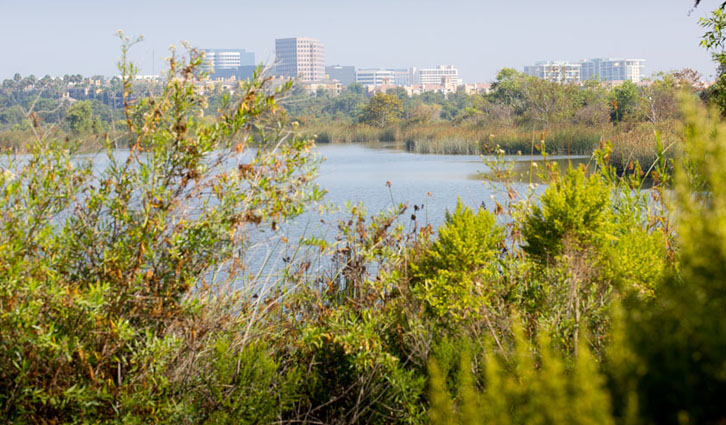-
Published: Jul 26, 2016 | 09:00 AM
San Joaquin Wildlife Sanctuary – Not Just Another Pretty Place
Irvine Ranch Water District’s San Joaquin Wildlife Sanctuary is not just a great place to bird watch, take scenic hikes on 12 miles of trails while enjoying the peace of nature, it also helps the water quality in the Newport Back Bay.
That water is called urban runoff, caused by any water that flows into storm drains during dry weather. Inefficient watering of landscape, washing vehicles, or hosing down of sidewalks are contributors. Urban runoff carries with it fertilizers, oils, trash, pet waste, and other contaminants, contributing to ocean pollution.
The Marsh receives water from nearby San Diego Creek, cycles it though a system of ponds that use plants and soils to naturally clean urban runoff before it flows to Newport Back Bay. Cleaner water released to the creek contains up to 70 percent less nitrates and both sediment and phosphorus have also been reduced.
IRWD has expanded the success of the San Joaquin Marsh into a watershed-wide system of wetlands called the Natural Treatment System. Of the 45 targeted sites, 25 have been built. NTS sites are anywhere from a quarter-acre to four acres in size and can be viewed from adjacent public areas, such as parks, bike trails and greenbelts.
Information and maps about the Marsh are available on our website.



